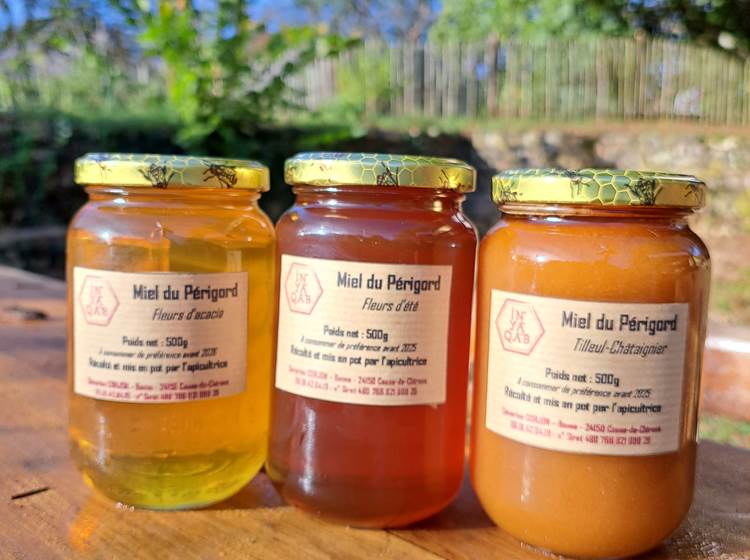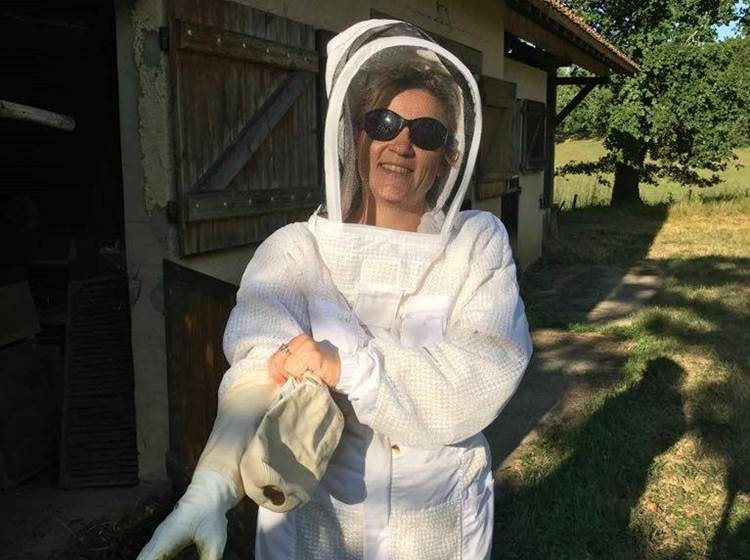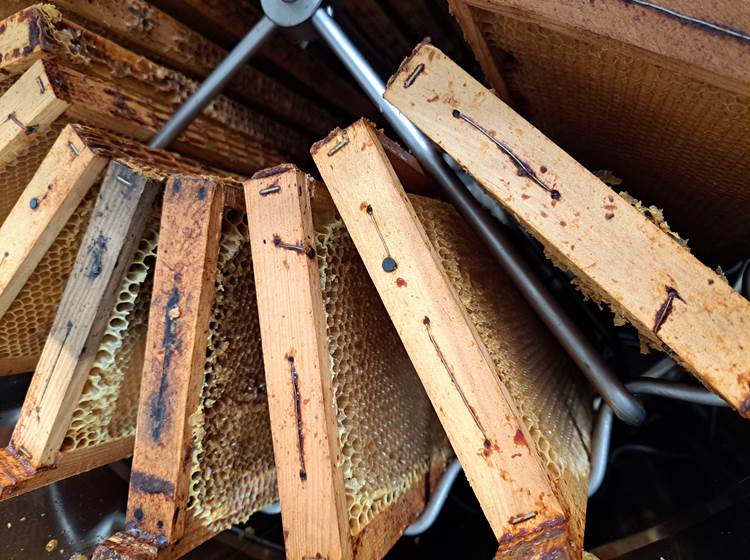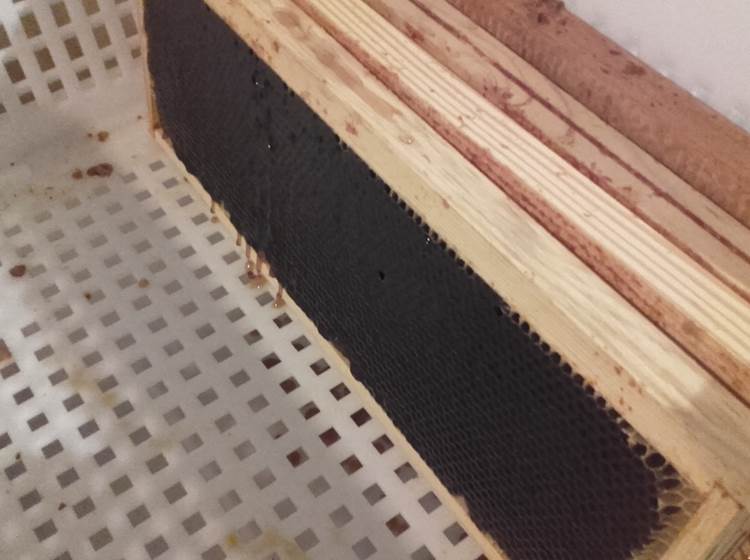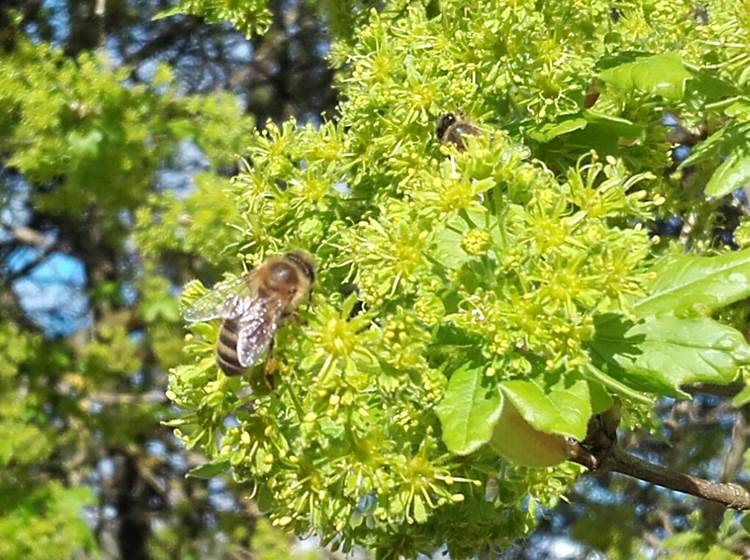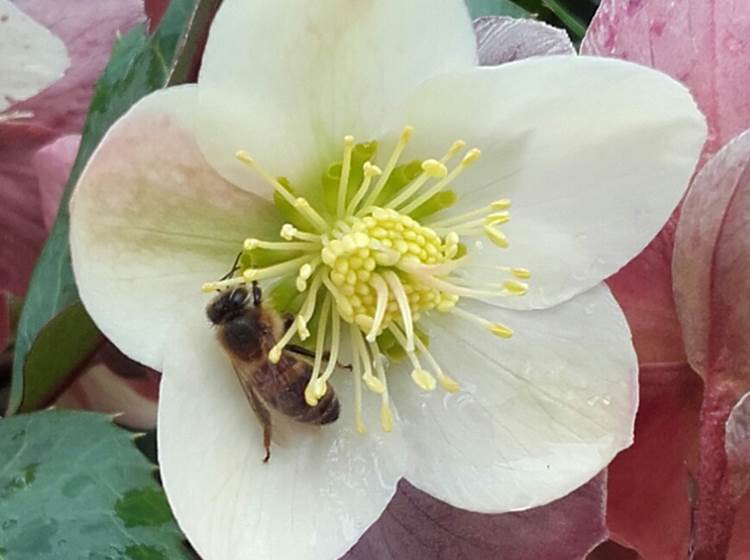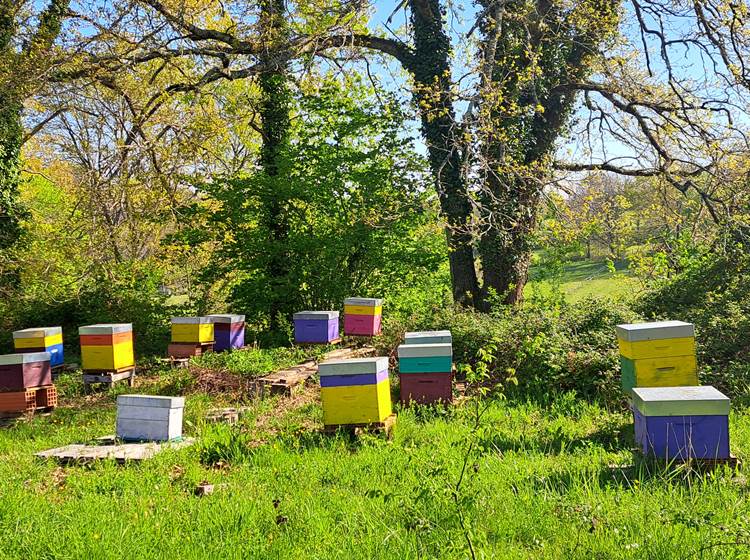Laurent Mariotte and his whole team came in 2020 to shoot a program of Petits Plats en Equilibre on our Périgord honey.
Thank you for this highlight of our Périgord honey!
With only 3 hives and training at the CFPPA in Périgueux, Séverine started producing honey in 2017.
Today there are about twenty colonies that work every day to concoct this amber and fragrant nectar that we call
Périgord forest honey
1kg pot = €14.50 - 500g pot = €8 - 250g pot = €4.50 - 125g pot = €2.50
Here the bees take advantage of the surrounding nature, from February to October, from the hazel trees, the first fruit trees and dandelions to the heather (or pink heather) and the lière through the field maples, the acacias, the lime trees, the chestnut trees and all the wildflowers within wing reach of our little bees!
They collect pollen and nectar which they skillfully store in the cells of the frames of the body of the hive (their home - where the Queen lays). The nurse bees make a mixture of honey and pollen to feed the eggs and larvae. After 9 days, the cell of the larva is "operculated", that is to say closed, and the larva grows quietly until metamorphosis (the larva turns into a pupa - the first phase of the bee to be born) then after 21 days the little bee tears the operculum to get out of its cell. It then becomes a cleaner: it cleans its own cell. It will only come out foraging after about twenty days, or halfway through its life. Indeed, a bee only lives 40 days!We understand the incredible energy developed every day to get supplies in order to continually renew ourselves!




